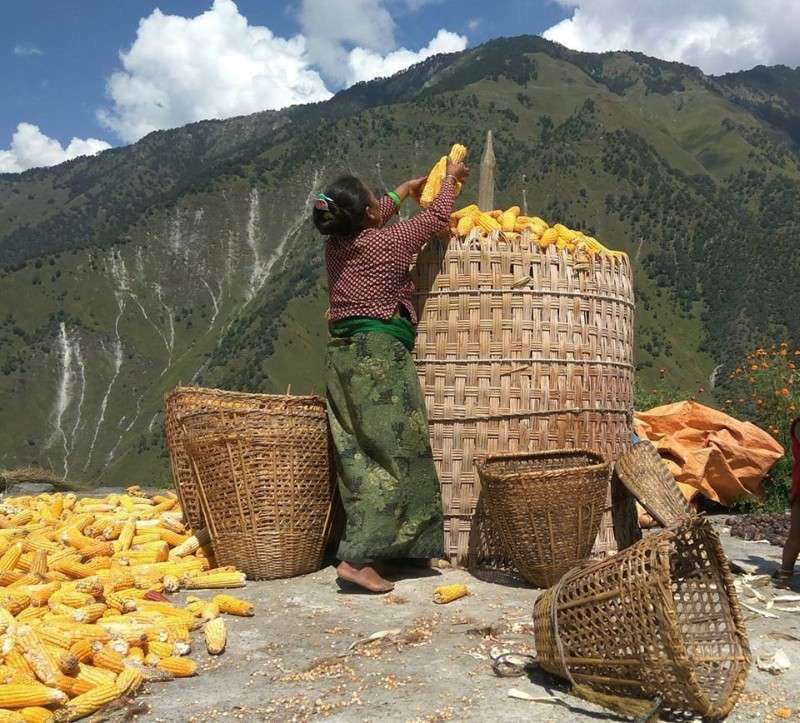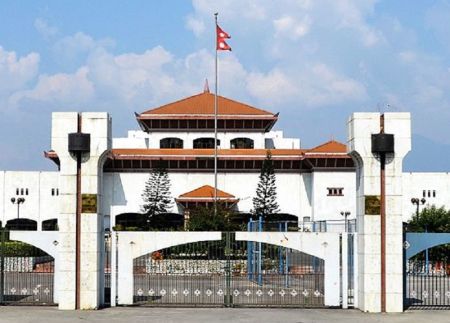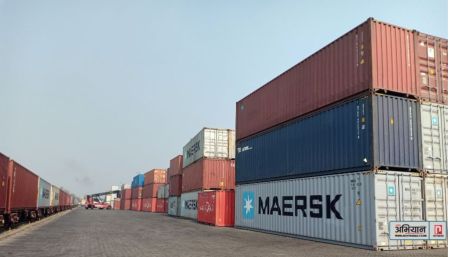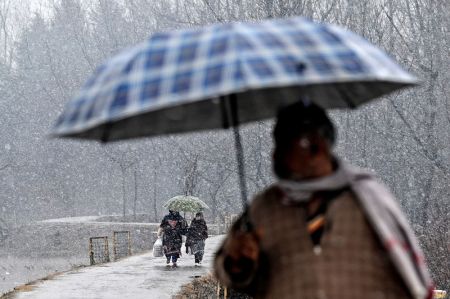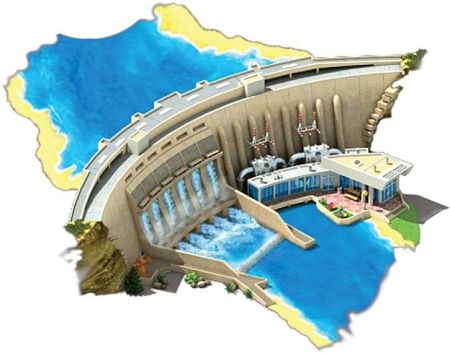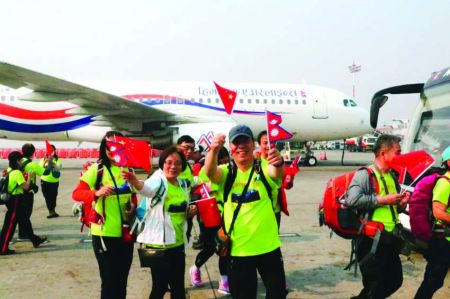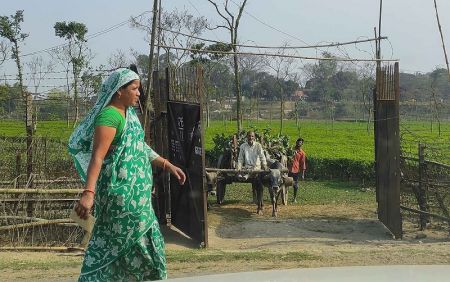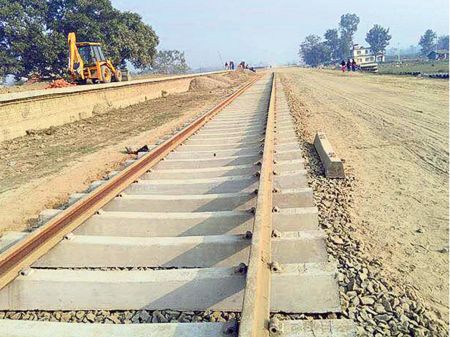May 6: Karnali Province, which is often considered as the most backward province in several fronts, ironically has the highest life expectancy among all provinces of Nepal.
A report on demographic indicators published by the National Statistics Office (NSO) on Sunday shows that the people living in Karnali Province have a life expectancy of 72.5 years, the highest of all. This is even higher than the national average life expectancy, which according to the NSO, has reached 71.3 years. According to the report prepared on the basis of the recently conducted census in 2021, male life expectancy stands at 68.2 years while that of females is 73.8 years. The NSO records show that average life expectancy of Nepalis increased by 21.5 years in the past four decades.
Lumbini Province has the lowest life expectancy of 69.5 years. The life expectancy is 70.4 years in Koshi Province, 71.3 years in Sudurpaschim Province, 71.8 years in Madhesh Province, 72.1 years in Gandaki Province and 72.4 years in Bagmati Province.
“We are doing additional study to find out the factors behind the high life expectancy in Karnali Province,” said Dr Hemraj Regni, deputy chief of the NSO, during a press conference in the capital on Sunday.
“Probably it is due to various projects implemented by the government and its development partners in Karnali Province in the past ten to twenty years,” he added.
According to Regmi, Karnali Province has also made significant improvement in poverty alleviation. The Living Standard Survey conducted by the government in the last fiscal year shows that 26.69 percent of population in Karnali Province are below the poverty line. In average, 20.27 percent population of Nepal fall under the poverty line.
According to the Human Development Index Report of Nepal prepared in 2020 by the National Planning Commission in collaboration with the United Nations Development Program (UNDP), the Human Development Index of Karnali Province is not good compared to other provinces.
The HDI of Karnali Province is the second worst after Madhesh Province. According to the NSO, the infant mortality rate is also the second lowest in Karnali compared to other provinces.
In 2021, the infant mortality rate went down to 17 per 1,000. The figure was 40 per 1,000 babies in 2011.
The reproductive rate has reduced to 1.94 children per woman. The average age of giving birth by a woman is 26.9 years in Karnali Province, while it is 28.4 years in Bagmati Province.
The study of five year data shows that the internal migration rate was the highest in Gandaki Province, which witnessed migration of 4,027 people per 100,000 during the review period. In Karnali Province, the internal migration rate was 3,700 per 100,000 of population, while it was the lowest in Bagmati Province that had 54 per 100,000 of population.
In five years, a total of 3,752 people out of 100,000 of the population migrated abroad. Sudurpashchim posted the largest figure of 7,359 people per 100,000 of population, which was followed by Gandaki Province and Lumbini Province in second and third positions, respectively.
Meanwhile, Nepal’s population growth rate stood 0.92 percent per annum in the past one decade, which was the lowest in 80 years, the NSO report stated.
According to the NSO, the population of the country is around 29.2 million at present. During mid-April 2011 and mid-April 2021, Nepal’s population grew by 2.7 million. The growth rate in Lumbini Province was the largest at 13.8 percent.


